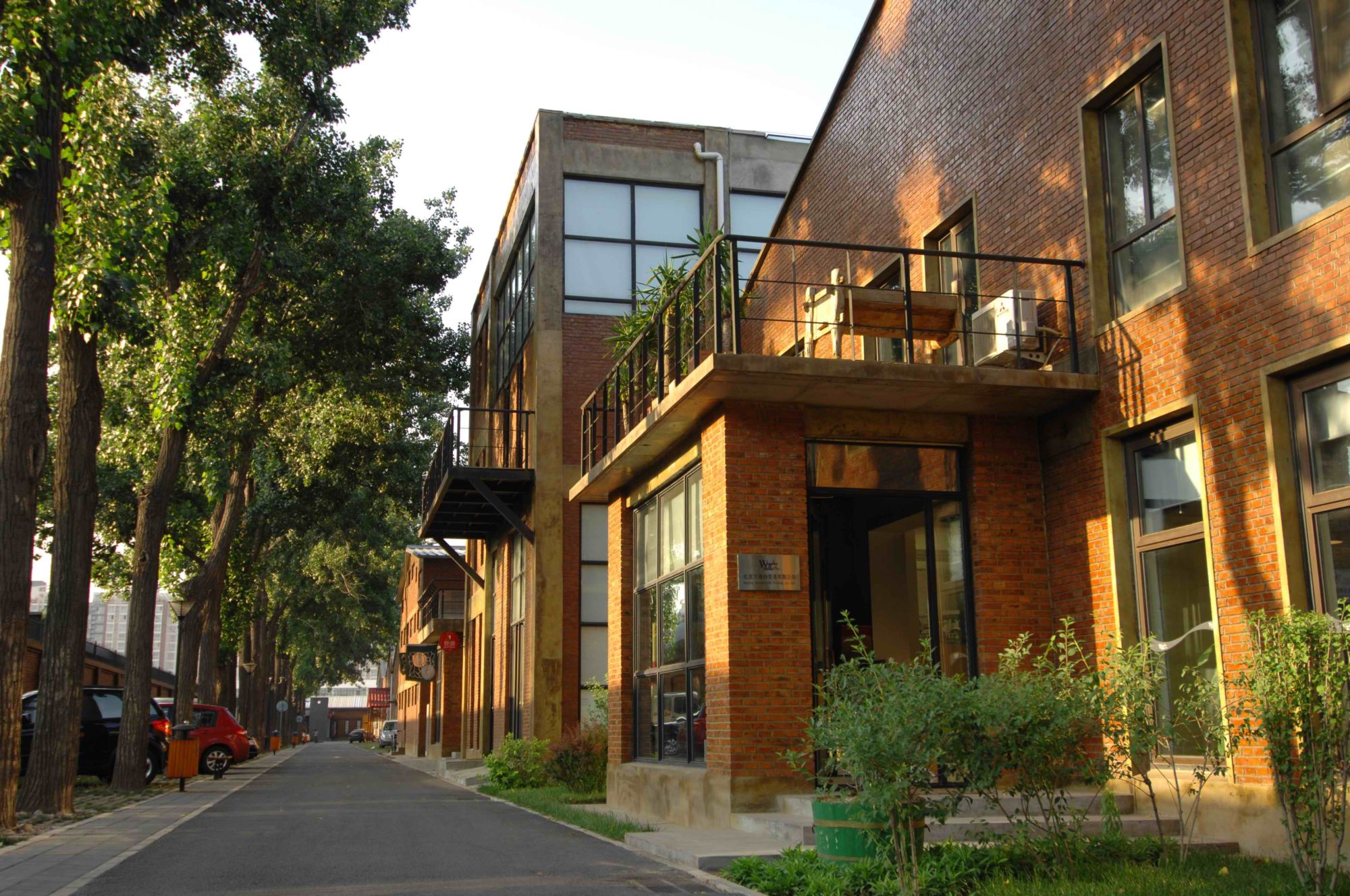—By Wang Su



Image Base Beijing is the home for both Dandeli Gallery and Cool Family. Its interesting past and promising future is what makes it so attractive.
The loft-style buildings in the Image Base Beijing complex were formerly warehouses where Beijing Municipal Supply and Marketing Cooperative stored cotton and hemp purchased from the rural areas around Beijing. During China’s implementation of planned economy from 1957 to 1978, the supply of daily necessities was scarce. Cotton and hemp, which were the sources for clothing and bedding to the citizens of Beijing, naturally became strategic resources. During 1960s and 1970s, the Balizhuang area in Chaoyang District where Image Base Beijing is located was known as the “Beijing Textile City” across the country.
Since the reform and opening-up of China in 1979, China’s government-controlled economy gradually transformed into a market-regulated economy. The storages of the supply and marketing cooperatives were no longer needed as the supply of daily necessities had been greatly improved. The transfiguration of the economy brought positive changes to people’s life; such evolution also created new challenges to many large state-owned enterprises, which had operated in the planned economy for decades. In late 1990s, the large textile factories started to decay and move to the outskirts of Beijing. The area that was once a textile center welcomed tall modern apartments, restaurants and shopping centers and became a new commercial and residential attraction in the eastern section of Beijing CBD.
China’s economic reform also made people think about new business models that parallel the growth of the economy. The Baiziwan Warehouse of Beijing Cotton and Hemp Company (“Baiziwan Warehouse”) was established and registered on July 31, 1997. The cotton and hemp storages opened their doors to the market economy for the first time. In the same year, the concept of “cultural and creative industry” was introduced to and embraced by western countries. In a few years, the creative industry expanded its territory to advertising, architecture, arts, design and entertainment. This new wave rapidly swept Beijing, the capital of China. Beijing Municipal Government supported the development of the cultural and creative industry, which was recognized as a focus of the future development and transformation of Beijing in 2005.
The success of 798 Art Zone has demonstrated the enormous potential of the new business model which combines creative industry with abandoned industrial facilities. In 2006, the Beijing Municipal Government issued a catalog for the guidance of investment and the ancillary policies to promote the development of the creative industry.
Although the government gave a green light to this new industry, China’s emerging image sector, an important component of China’s cultural and creative industry, is still facing many challenges. China is not short of excellent photographers and photographic works, but the sector was not well-organized or regulated absent a unified industry standard and an industry leader. The first China Culture and Creation Industry Forum held on December 13, 2006, and proposed to establish Image Base Beijing to be an incubation center for this young sector and will also serve as an industry leader in China.
Beijing Xin’ao Media Co. Ltd., which owns local newspaper the First Daily, along with Baiziwan Warehouse jointly filed an application to the Cultural and Creative Industry Leadership Group of Chaoyang District for establishing Image Base Beijing on March 24, 2007. The First Vision Visual (Beijing) Culture Communication Company was incorporated on April 3, 2007 to manage the Image Base Beijing project. The project has been recognized as a key project of the cultural and creative industry in Beijing and receives special financial support from the Beijing Municipal Government.
Upon the completion of construction, Image Base Beijing will become the first incubation center of the cultural and creative industry featuring image related businesses in Mainland China and Asia.








